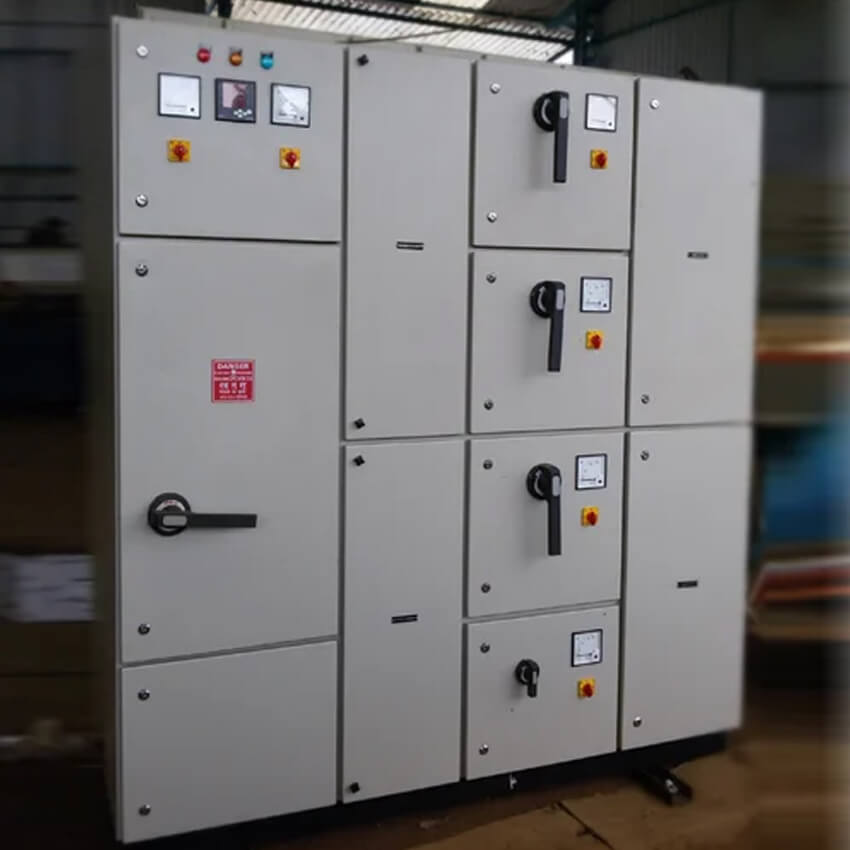Distribution panels, also known as distribution boards or electrical panels, play a crucial role in electrical systems by managing and distributing electrical power from a primary source to various circuits and loads within a building or facility. These panels serve as the central hub for electrical distribution and are integral to the safe and efficient operation of electrical systems.
Distribution panels typically consist of a metal enclosure that houses various electrical components, including circuit breakers, fuses, busbars, and wiring. The primary functions of distribution panels are as follows:
- Circuit Protection: They contain circuit breakers or fuses that protect circuits and connected devices from overcurrent or short circuits, preventing electrical hazards and equipment damage.
- Circuit Distribution: Distribution panels split the incoming electrical supply into multiple circuits, allowing power to be directed to various areas and devices within a building.
- Monitoring and Control: They provide a means to monitor and control the distribution of power, enabling the isolation of faulty circuits and the safe de-energization of specific areas.
Distribution panels are crucial in ensuring the reliability and safety of electrical systems. They are commonly found in residential, commercial, and industrial settings, where they enable efficient power distribution and facilitate maintenance and troubleshooting. Proper design, installation, and maintenance of distribution panels are essential to ensure the ongoing functionality and safety of electrical systems.

